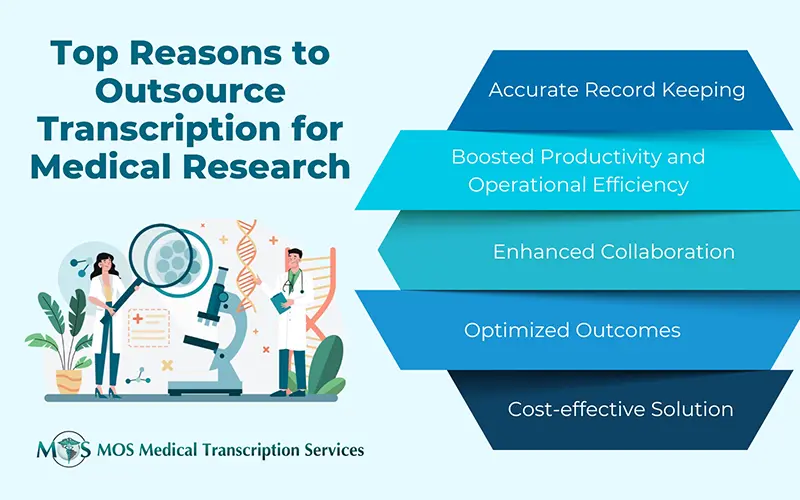Recent reports indicate that the current flu season is far from over. The Atlanta Journal-Constitution reported that during February 2-9, the number of people seeking treatment for the flu peaked nationally since the current flu season began last October. Healthcare providers are resorting to a variety of techniques to handle the surge of patients, including medical transcription outsourcing to manage their documentation tasks. Experts say that telehealth is a safe and efficient option to combat the challenges of the flu season and provide better care.

According to the CDC, the impact of the October 2018 through February 16, 2019 flu season includes 8,200,000 – 9,600,000 medical visits, 214,000 – 256,000 hospitalizations, 13,610 – 22,300 flu-related deaths, including 41 influenza-associated pediatric deaths. Providers are having a tough time dealing with the situation with challenges ranging from controlling the epidemic, protecting vulnerable populations, increased workloads and staffing problems. They also need to educate patients about flu shot recommendations and ensure that supplies are available in places where patients can get them. A recent Medical Economics report highlights the role of virtual care in mitigating the spread of the flu virus.
- Reduces infection points: The CDC recommends that people who are sick stay home so they don’t infect others. Telemedicine allows sick patients to get care without having their homes. As the article points out, the virtual care option can prevent the spread of the virus among high-risk populations such as such as pregnant women, infants, older adults, and patients with weakened immune systems.
- Automation of the office visit increases efficiency: Today, providers can offer a virtual visit from a PC or laptop in a small room, while patients can access the services from even a smartphone. Digital health technology allows providers treat flu patients quickly and efficiently online, in a fraction of the time of a physical office visit. This gives clinicians more time for patients with chronic or high-acuity conditions.
- Reduces provider stress: Telemedicine can help reduce the burden of disease management for physicians. With a virtual care system integrated into the practice’s EHR platform, providers are freed of the extra time needed for paperwork. The report notes that the improved efficiency provided by virtual care helps prevent provider burnout, which usually intensifies during the fall and winter months.
- Helps track outbreaks by location: Telehealth platforms offer data on flu outbreaks in different locations, which helps systems monitor virus spread in their own communities. Areas where the virus is widespread can then staff up, increase communication about preventative measures, and set up more immunization centers.
- Resolves staffing shortages: During the flu season, it often happens that healthcare staff falls sick. Virtual care allows affected providers to treat patients from their homes. Staying at home will ensure that they get the needed rest, so that they can return to their clinic or hospital sooner.
According to Dr. Mark Friedman, First Stop Health’s Chief Medical Officer, telemedicine plays a valuable in providing “surge capacity” for the treatment of victims of the flu epidemic. In a Telemedicine Magazine article, he noted that for most people under age 65, the flu can be diagnosed and treated by a doctor via a telemedicine consultation. This round-the-clock access to a physician via a virtual consult avoids the need for late-night visits by patients to over-crowded and expensive hospital emergency departments. It also eliminates the travel and long wait-times typical of day-time visits to urgent care centers or physicians’ offices.
Other benefits of telehealth for flu management include:
- Early treatment: To be effective, flu medications must be started within two to five days after illness onset. With a real-time video consultation, providers can diagnose and treat the condition, ensuring that patients get the necessary early treatment.
- Better inventory management: Telehealth service providers ensure that all the medical equipment and supplies physicians need are available on time. Providers can rest assured that patients will get the care they need without delay.
- Improves access for patients in remote and underserved areas: Patients in rural areas may need to travel miles to see a doctor. With virtual care systems, providers can reach patients even in remote locations.
Documenting flu symptoms and related signs accurately is necessary for proper patient care as well as for the submission of claims. In addition to vital signs, providers need to document respiratory complications, dehydration and fever, nausea/vomiting/diarrhea, etc. Medical transcription services are a useful option to document the patient’s medical condition in the EHR. Just like a virtual care system, a reliable medical transcription service company can prove a valuable partner for providers working to reduce the impact of the flu outbreak.


